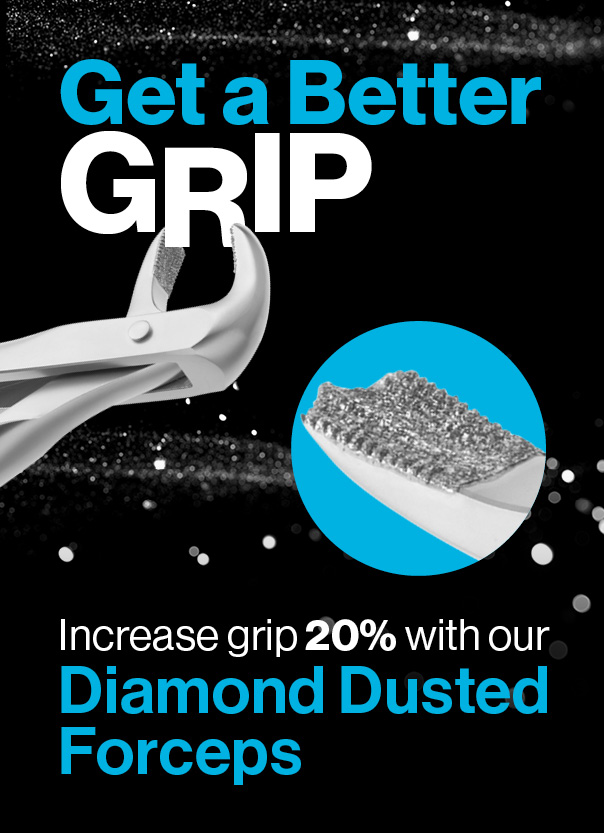
Best in Practice Learning Hub - Disinfecting Surfaces

Best in Practice Learning Hub
Infection prevention and control is nothing new for dental hygienists and assistants, but the COVID-19 pandemic brought a new focus on this essential responsibility – not to mention expanded protocols. Over the past year, everyone has stepped up admirably to make sure operatories are cleaned properly between patients and to ensure all instruments and surfaces are thoroughly disinfected.
The right surface disinfectant will have a few key characteristics you should look for.
- The disinfectant will be tuberculocidal. A surface disinfectant that is tuberculocidal will also be effective on a wide range of pathogens that are less tenacious than mycobacterium tuberculosis (TB).
- The disinfectant will be both a cleaner and a disinfectant. This means one product can be used to achieve two important aims.
- The disinfectant will have a rapid contact time (kill time) – Ideally 3 minutes or less.
- The disinfectant will have good surface compatibility. It will not stain, discolor, corrode, dull, or otherwise damage the range of surfaces it is needed on.
- The disinfectant will be fragrance free, have low-toxicity, and low allergy potential.
- The disinfectant will not require rinsing or leave behind a sticky residue.
- The disinfectant will be easy to use! This includes easy-to-follow instructions, easy storage and disposal requirements, and a reasonable shelf-life.
These qualities will ensure more effective disinfection, surface compatibility, and ease of use, which lead to enhanced results.

